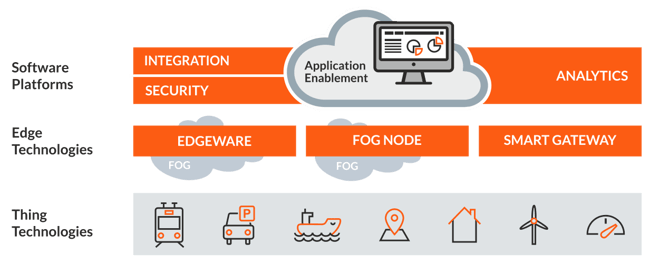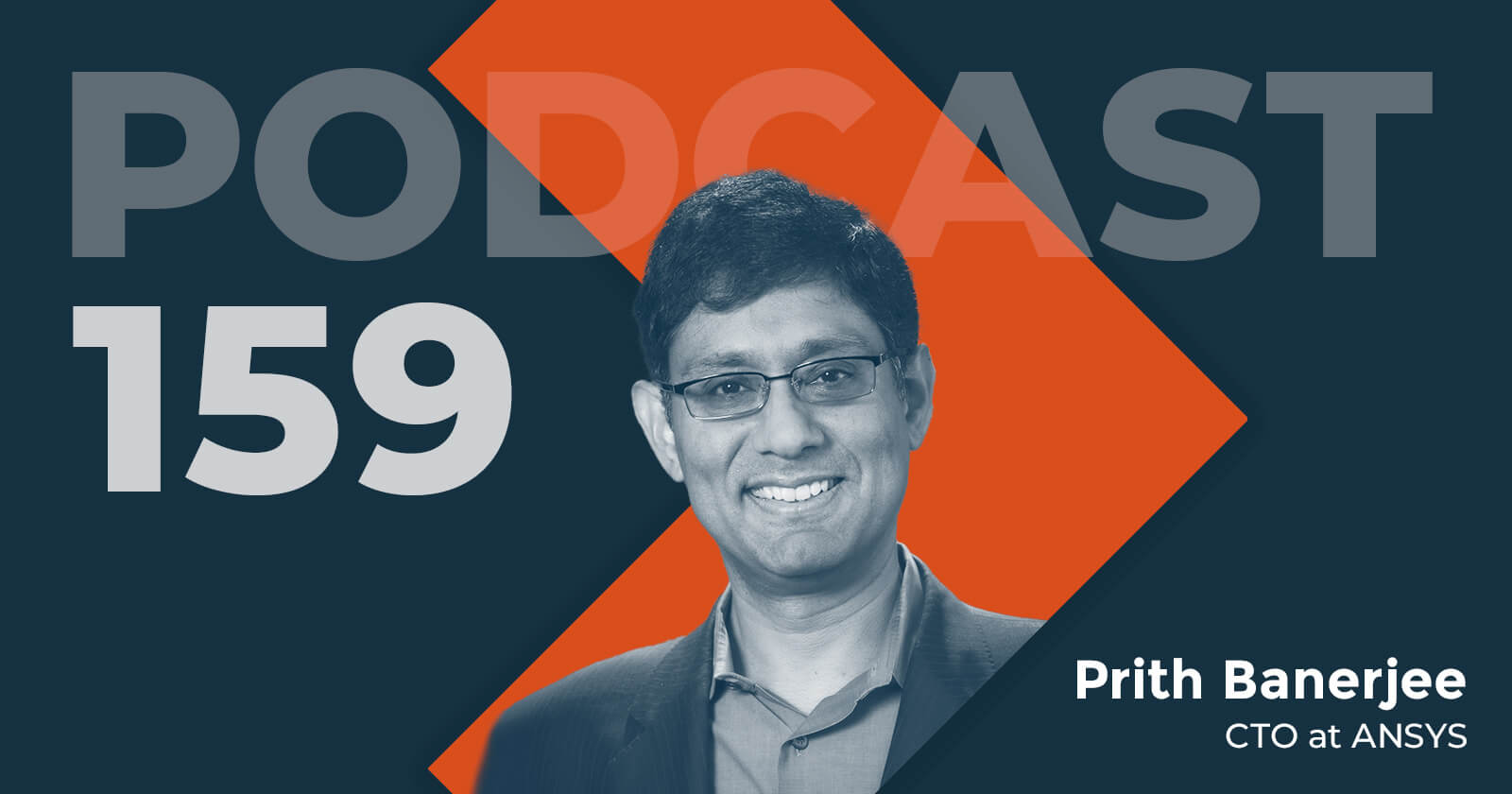Value Vector
The CDO Imperative - Understanding Delivery Acceleration
Ed Maguire

The Chief Digital Officer’s awareness of the ecosystem’s current and future capabilities is critical for accelerating delivery.
In this second of our three-part blog series exploring the critical considerations for any company embarking on Internet of Things (IoT)-enabled growth, we explore how the ecosystem allows the Chief Digital Officer (CDO) to leverage previously unattainable access to resources at suppliers, partners, customers and even competitors to bring new opportunities to life.
Building on our first post, where we explored different ways to monetize IoT, we examine the different options for delivery and discuss the steps to a successful outcome, emphasizing the importance of relationships, partnerships and openness.
What motivates your ecosystem?
There’s one thing you must do before you even start considering possible delivery options: you need a clear understanding of your ecosystem.
An appreciation of the capabilities of every player – supplier, customer or even traditional competitor – along with their motivations and aspirations will prove invaluable. This will not only give you an insight into the ecosystem’s capabilities today; it will also give you an understanding of where those involved want to take their partnerships and, thus, likely future capabilities.
After all, collaborating across the network and working with customers, suppliers and even traditional competitors will bring a solution to market more quickly and more cost effectively than building it yourself. And transparency, alignment and a common understanding will only accelerate time-to-value for innovative developments that depend on previously unattainable access to resources at suppliers, partners and customers.
Where to start
With a full awareness of your ecosystem and an understanding of its expected future capabilities, you’ll be asking yourself where to start. The best starting point would be where you can have the most immediate impact. A rapid, positive effect motivates the ecosystem, giving it confidence that the novel partnerships do work and a strong momentum to move forward.
For example, for a manufacturer, it would make sense to focus on solutions that involve suppliers or distributors within your ecosystem with whom you have more mature and credible relationships, rather than jumping in with a new product or service to consumers that requires more of your ecosystem to be aligned.
New ways of doing business
In years past, the most complex question with technology led-innovation was ‘build or buy’. With the Connected Industry, where there is a plethora of technology choices across the IoT technology stack, companies face questions around which technologies to select and how to bring them together. This can be daunting to the uninitiated, but exhilarating to those looking to build innovative, agile, lean business solutions.

Ensuring you’re always business driven is essential – nothing has changed there – but how you deliver the outcome will probably change. After all, your solution will more than likely open up new ways of doing business.
You may look to corporate venturing, strategic partnerships, acquisitions, in-house development or third-party services for all or parts of your solution. Whichever of these you choose, they should be focused on optimizing time-to-value and competitive advantage.
How to get there
Leveraging technology to drive growth is a formidable challenge, but when it’s done right it can be quite revolutionary. However, doing it right, and getting a positive and sustainable change, takes much more than just the ‘right technology choices’.
The following three steps that will help you get there:
- Recognize the real opportunity: Understand the opportunity landscape, where and how to play, and how big it needs to be to be worth it.
- Separate business model innovation from IT: While technology capabilities are in some cases endless, this can be a distraction, sending you down a path that is not commercially viable. A clear strategy that identifies the target customer, the problems you will solve for them, and why your proposition is unique – along with how you will acquire, retain and grow this business model – are vital for a sustainable approach to market.
- Turn uncertainty in knowledge: The Connected Industry opportunity is about creating something that is new or different. It will therefore come with a fair amount of uncertainty – also called RISK. This will, in turn, reduce the appetite for buy-in. Manage and embrace this uncertainty by developing a business model testing plan to both identify assumptions and uncertainties and then test the most sensitive assumptions. This will ensure your investment into this new opportunity is efficient and effective with a higher likelihood of a successful outcome.
Don’t let assumptions bias decision-making
We’re often not even aware of our assumptions and the biases they have on our decision-making. Identifying your assumptions and uncertainties, and testing them, is critical to ensuring you, firstly, don’t miss any opportunities for new information and, secondly, aren’t influenced by the wrong data allowing us to make informed decisions.
Watch out for part three of this series where we will discuss the changes your business should expect through this transformation and the cultural considerations the CDO should bear in mind as they lead this change.
Join us for our webinar on January 12th, 2017 "How to leverage IoT in the real world - The CDO Imperative" to hear about the critical first steps three pioneering companies took as they unlocked the potential of the Connected Era.



